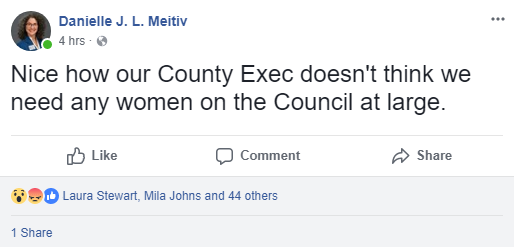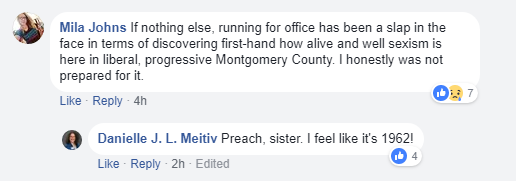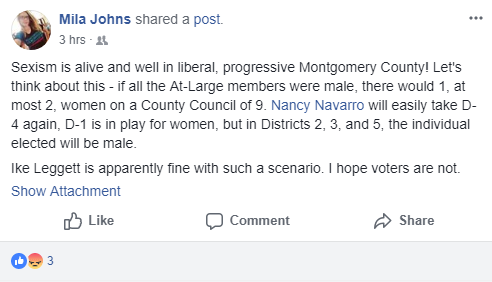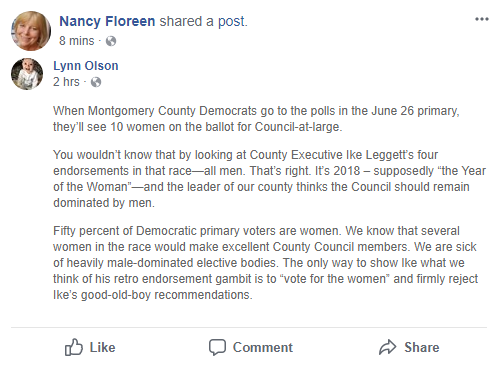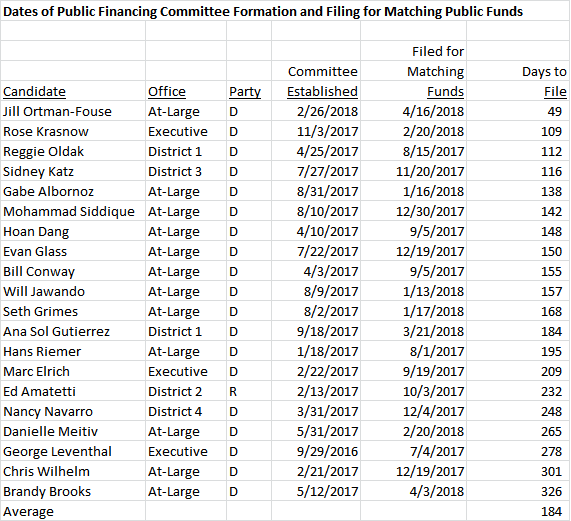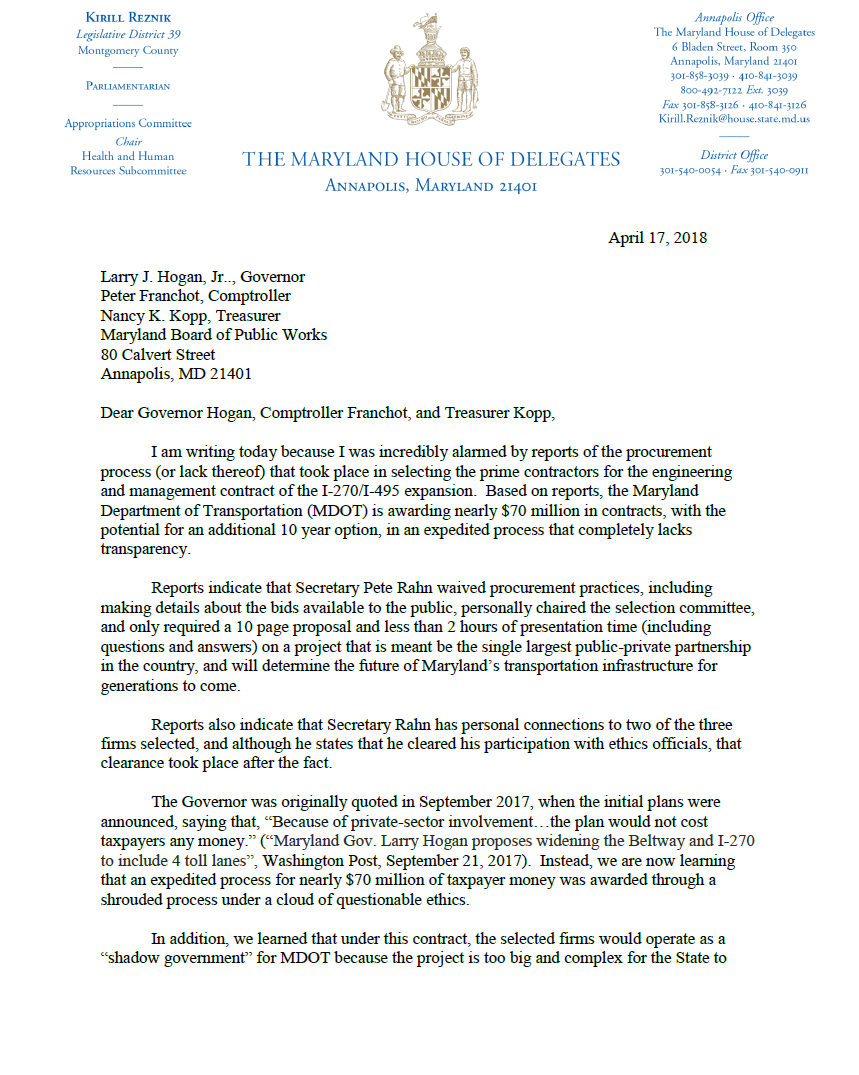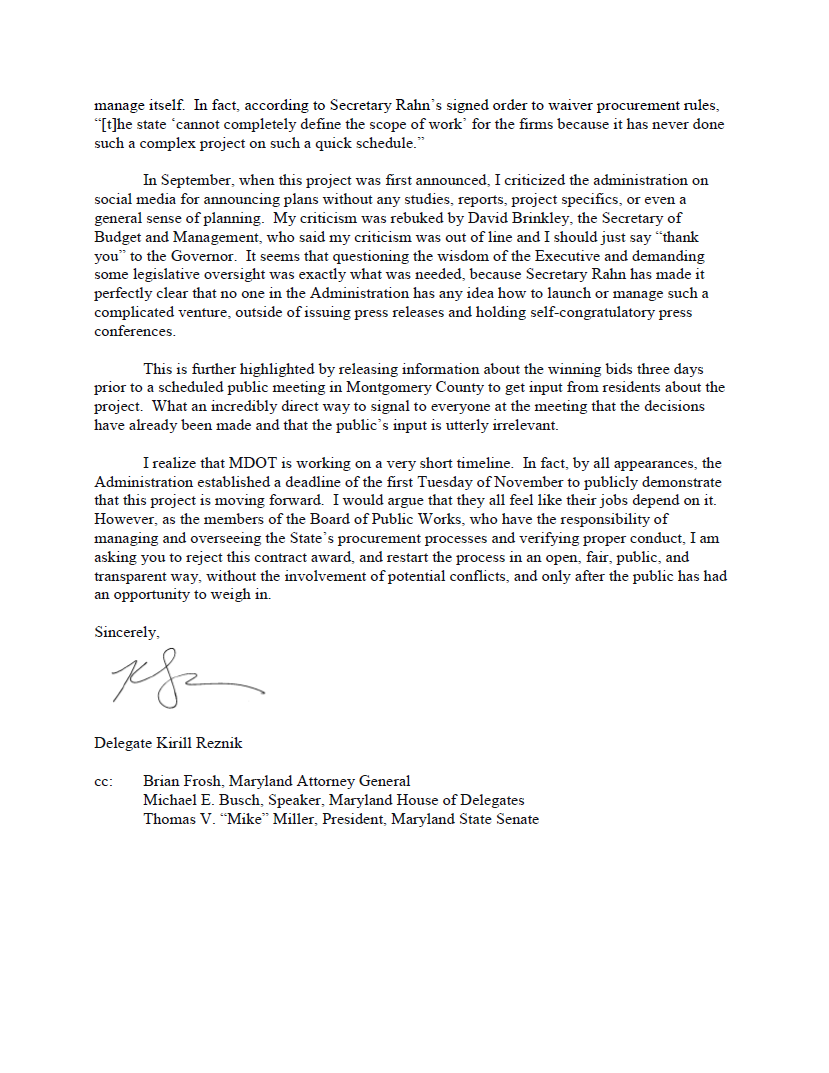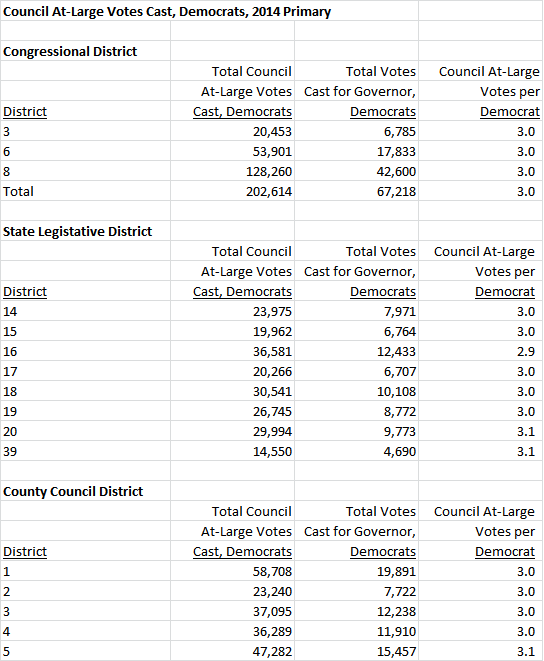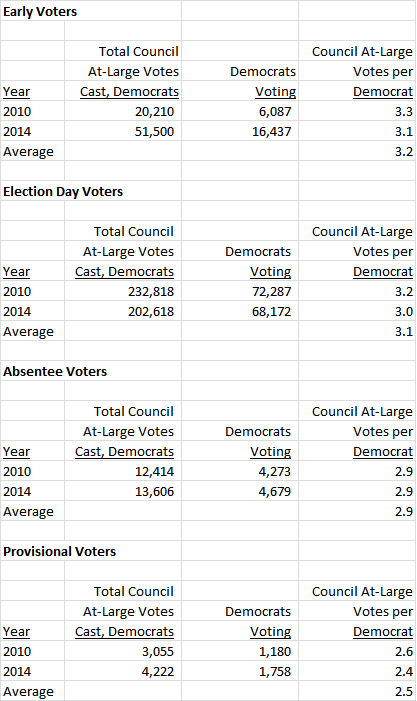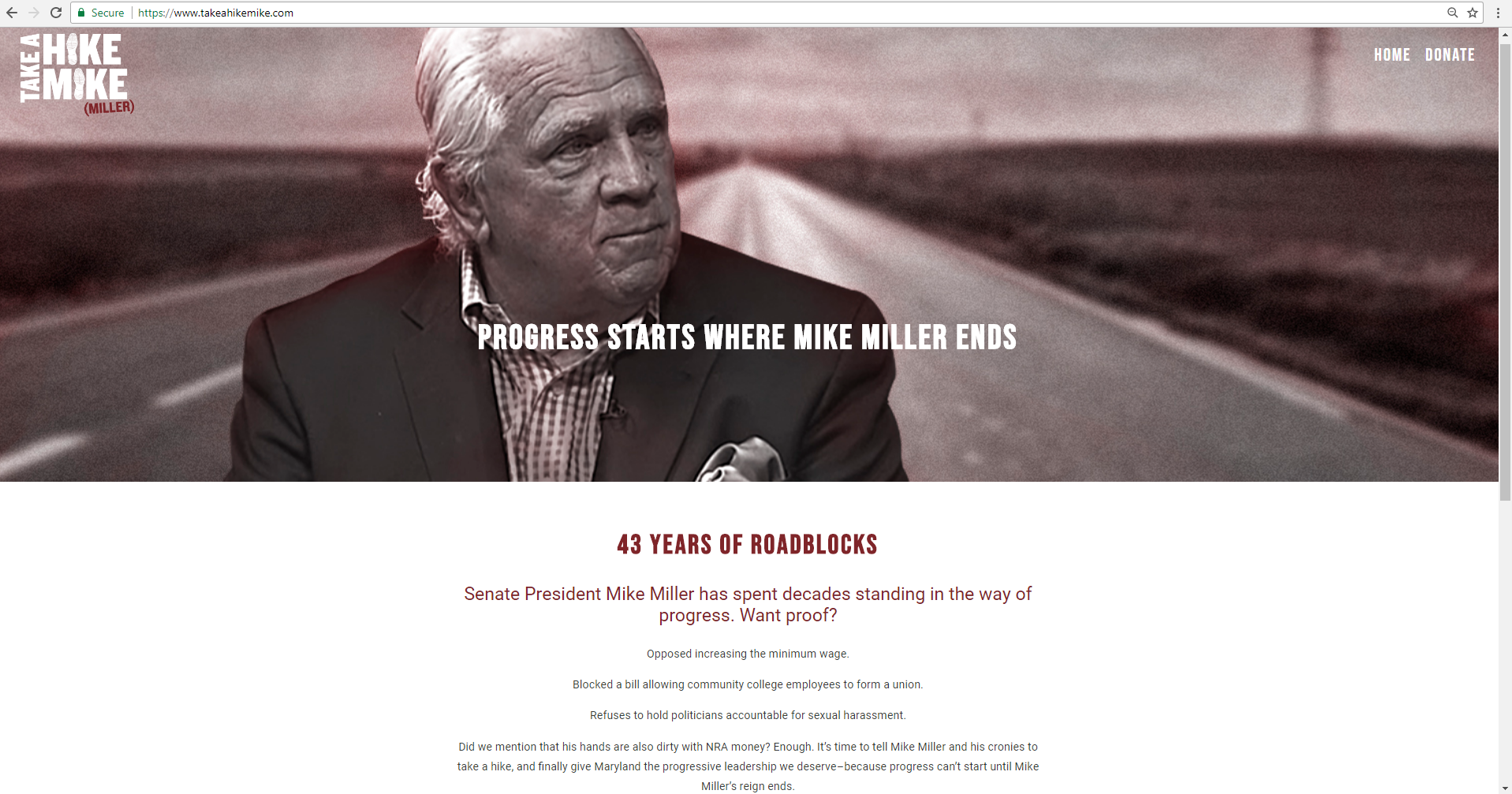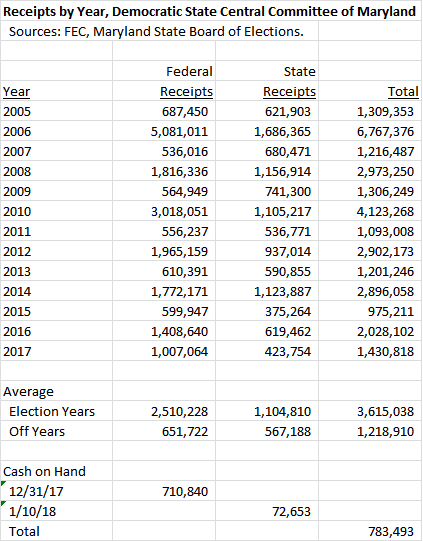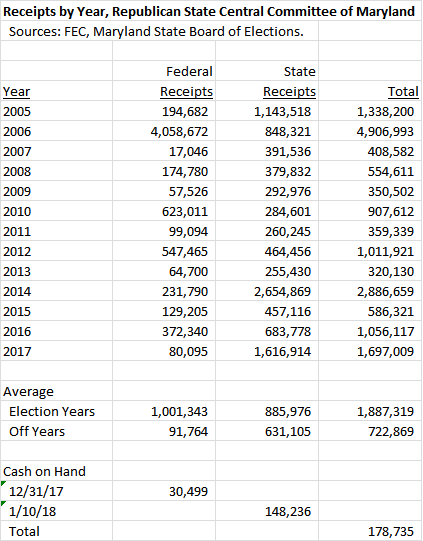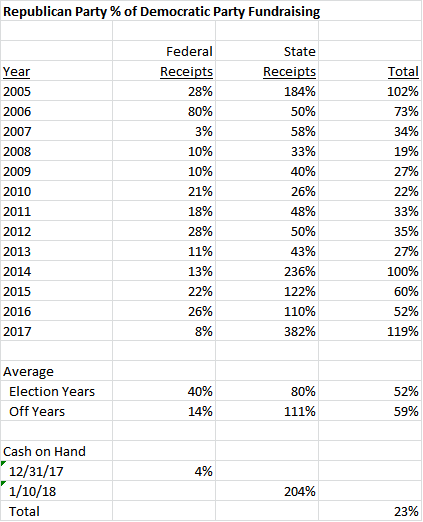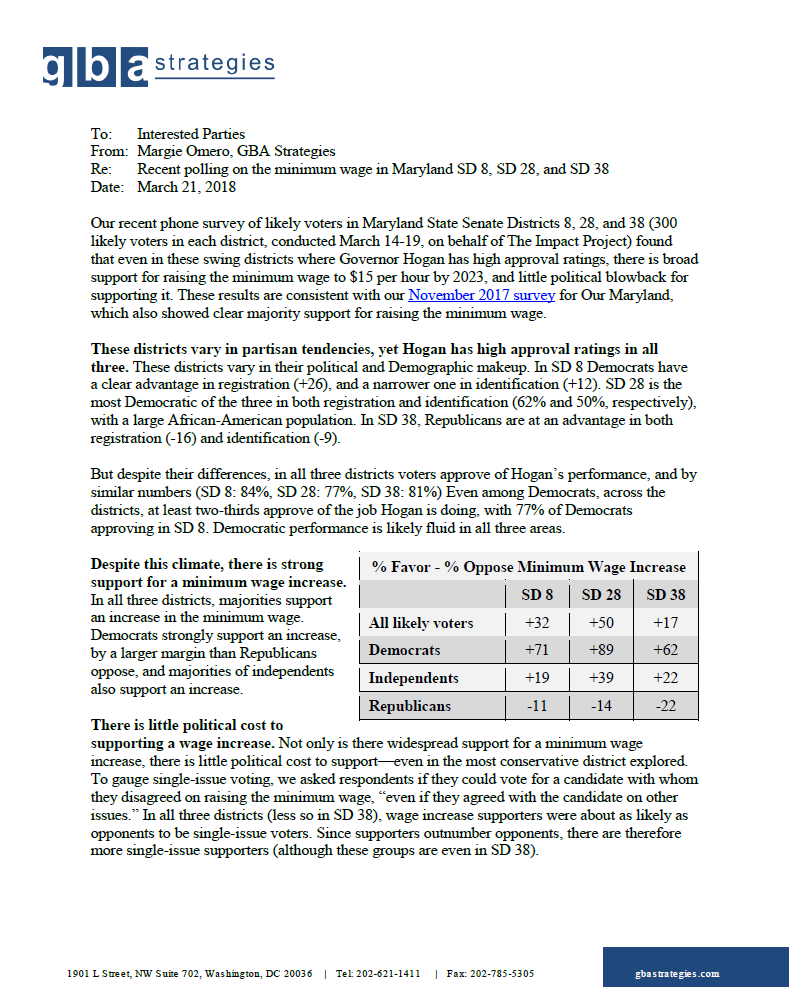By Adam Pagnucco.
Sometimes your author gets phone calls like this.
*****
Politician X: Hey Pagnucco! How’s the kid? How’s business?
Me: Well, I –
Politician X: Great to hear it. I got something you need to write about RIGHT NOW.
Politician X then tells a story about Politician Y. On a scale of 1 to 10, with 10 equal to felonious behavior and/or rooting for the Dallas Cowboys and 1 equal to peeing in the shower, this is a 2.5. Nothing illegal here, but there might be some questionable judgment IF it’s true. As background, Y is not running against X, but Y has endorsed one of X’s opponents. X also heard a rumor years ago that Y told someone X is a conniving politician.
Me: OK. Do you have any proof that Y did that?
Politician X: No. But you know it’s gotta be true! Remember when Y did that other thing?
X retells another story about Y from a while back that was never verified. That one might have been a 3.5 IF it ever happened.
Me: Are there any documents? Any links? (The allegation does not involve anything easily verified like a vote on legislation, a campaign contribution or a screenshot.)
Politician X: I don’t know. Maybe you can find something. Ask Politician Y. Maybe he’ll be stupid enough to admit it!
Me: Um, OK… Lemme think about whether this is provable, and if so, how. In the meantime, if you believe it’s true and you can back it up, say it on Facebook. Then maybe it will be covered. At least it will be discussed, and if there’s anything there, it might come out.
Politician X: I can’t do that! I’m running for office. If I say that, Y’s supporters will come after me. That’s why we have blogs. You guys will say anything!
Me: … … …
Politician X: I’ll check back later to see how that story is coming along.
*****
Look folks. We like investigating allegations, but there has to be something to them. If you’re going to tell us something, be ready to 1. supply evidence or 2. go on the record. We’re not gonna print unfounded speculation on your behalf just so you can get someone else to say something YOU want to say but won’t. We’re not the New York Times, but there are such things as libel laws. If you want to libel someone, do it yourself!
If you are thinking of making a call like the one made by Politician X above, don’t bother. And Politician X, if you are reading this – and we know you will! – the next time you make a call like this we are gonna print your name. Believe that!

